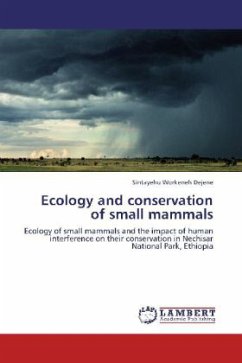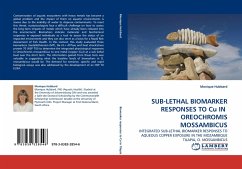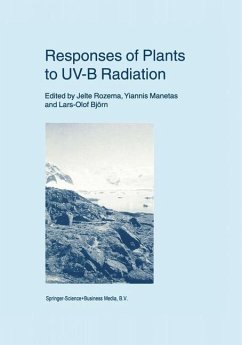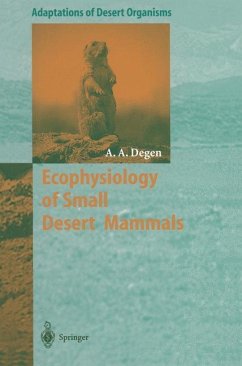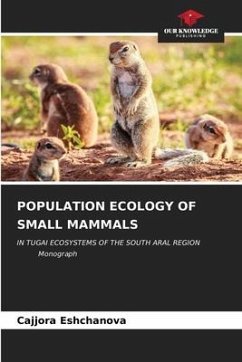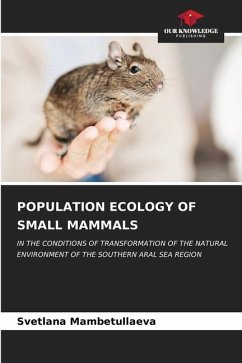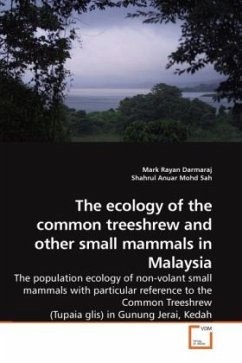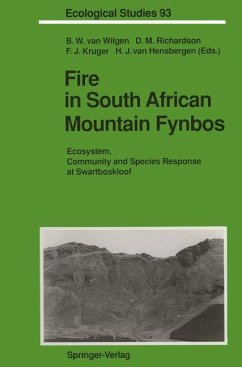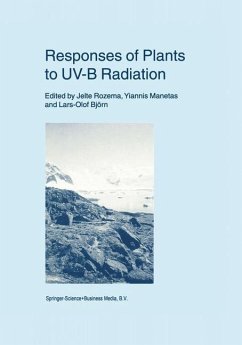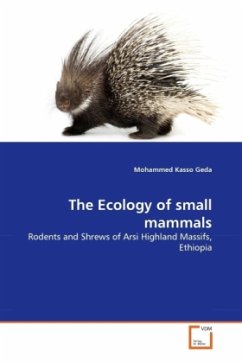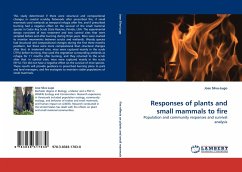
Responses of plants and small mammals to fire
Population and community responses and survival analysis
Versandkostenfrei!
Versandfertig in 6-10 Tagen
52,99 €
inkl. MwSt.

PAYBACK Punkte
26 °P sammeln!
This study determined if there were structural and compositional changes in coastal scrubby flatwoods after prescribed fire, if small mammals used wetlands as temporal refugia after fire, and if prescribed burning had a negative effect on the survival of the small mammal species in Cedar Key Scrub State Reserve, Florida, USA. The experimental design consisted of two treatment and two control sites that were sampled before and after burning during three years. Mice were marked to monitor movements between scrubs and wetlands. Woody species had structural and compositional changes during the fir...
This study determined if there were structural and compositional changes in coastal scrubby flatwoods after prescribed fire, if small mammals used wetlands as temporal refugia after fire, and if prescribed burning had a negative effect on the survival of the small mammal species in Cedar Key Scrub State Reserve, Florida, USA. The experimental design consisted of two treatment and two control sites that were sampled before and after burning during three years. Mice were marked to monitor movements between scrubs and wetlands. Woody species had structural and compositional changes during the first three months postburn, but there were more compositional than structural changes after that. In treatment sites, mice were captured mainly in the scrub (75%) before burning, they used the vegetation surrounding wetlands as refugia for 11 months after burning, and they returned to the scrub after that. In control sites, mice were captured mainly in the scrub (91%). Fire did not have a negative effect on the survival of mice species. These results will provide guidance in prescribed burning plans to park and land managers, and fire ecologists to maintain viable populations of small mammals.



